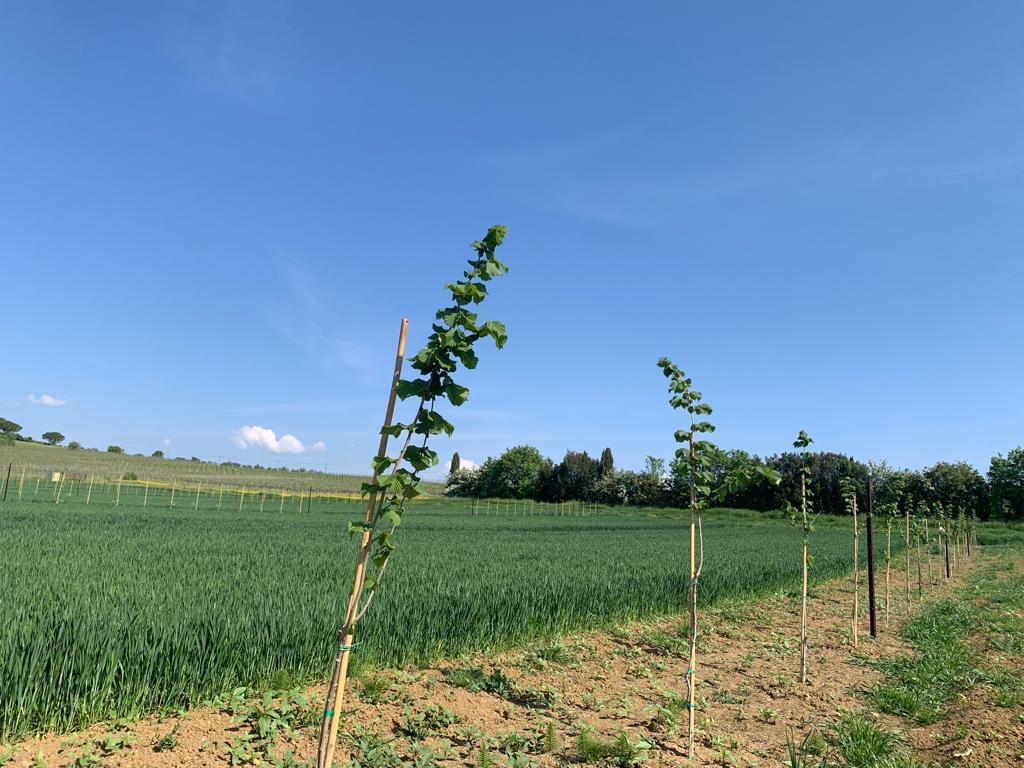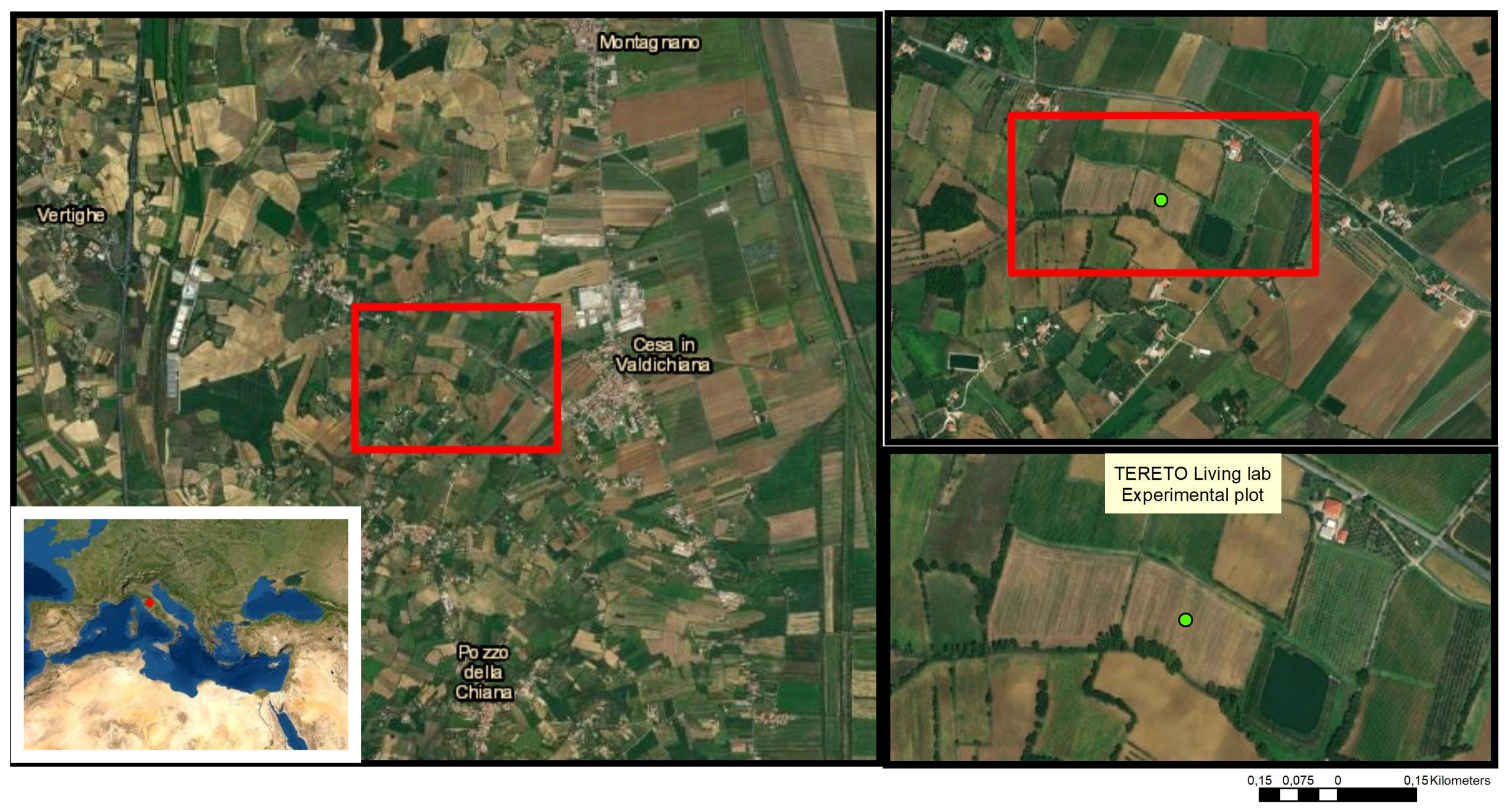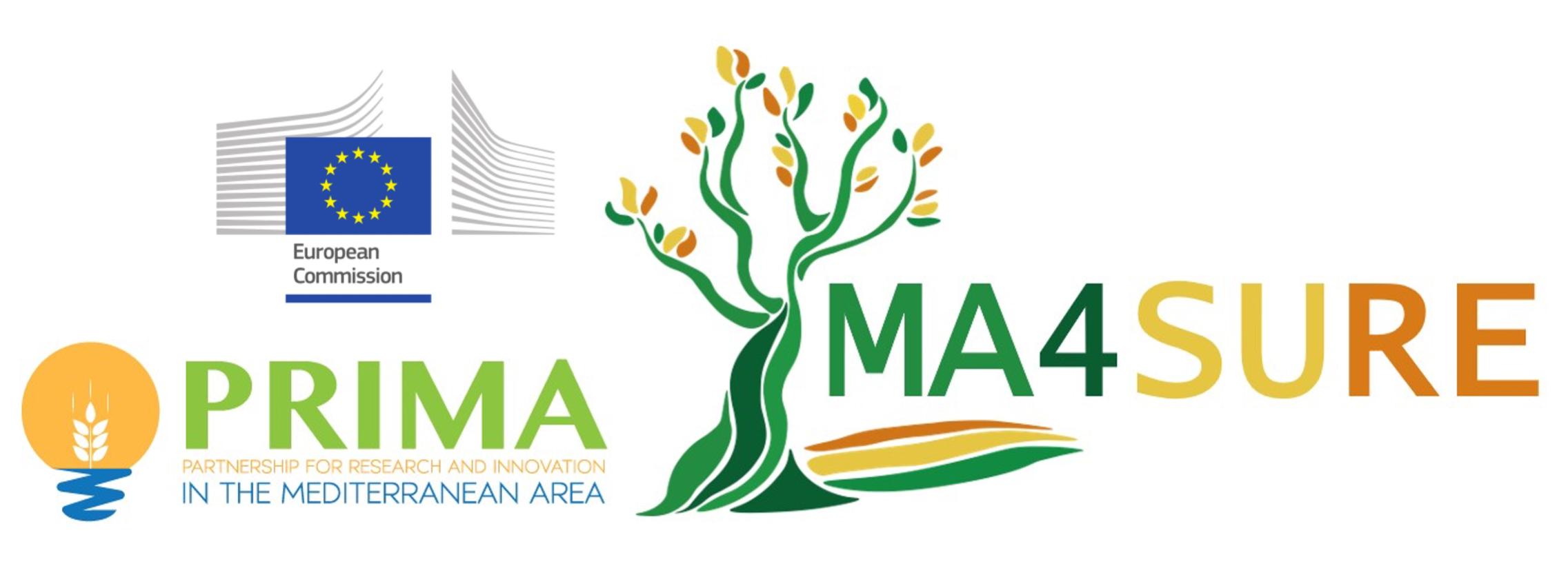Tuscany, Italy

Regional Description:
Tuscany is a region in central Italy that covers an area of about 23 000 km2. Two thirds of Tuscany’s area is hilly, a quarter is mountainous, and only a few areas on the coasts (8%) are flat.
The climate varies greatly in the region: the average annual temperature is 16 °C on the coast, while it is slightly below 13 °C inland. Annual rainfall varies between 400 and 2000 mm, depending on whether you are on the coastal plain or inland. The rainy season runs from October to March.
The Tuscan economy is mainly based on tourism, but industry and agriculture also play an important role. Many agricultural products are produced in the region, including olive oil, mushrooms, chestnuts, quality wines and very valuable meat. Agricultural land accounts for 56% of the total area, with a very high proportion of forest land in the total agricultural area (50%). The European Commission’s Rural Development Programme for Tuscany (RDP) has therefore prioritised the promotion of environmentally and climate-friendly measures, such as improving the resilience of forest ecosystems, and is supporting these with public funds for the 9-year period from 2014-2022.

Description, Objectives and Aims:
The aim of the «Terre Regionali Toscane (TERETO) Living Lab» is to increase the yield and sustainability of different farming systems by boosting the organic content of the soil as well as maintaining fertility. The interaction of different cropping systems can be of enormous benefit for these purposes, and at the same time increase biodiversity in the field.
The objective of the «TERETO Living Lab» at plot level is specifically to identify the ecosystem services provided by olive and hazelnut tree rows in combination with cereals and cereal legumes in permanent cultivation. Therefore, the trees are planted at high density with varieties suitable for dense planting and fully mechanised harvesting. The trial field is equipped with an automatic drip irrigation system that directs water directly into the root zone of the plants. The latter distributes the right amount of water, which reduces water consumption as well as keeps soil moisture during the dry season for mycorrhizal development. In addition, conventional tillage is compared with minimum tillage to identify some improvements in soil properties.
On the one hand, we assume that trees retain water and nutrients in the soil and thus reduce fertiliser supply for herbaceous plants; on the other hand, the slight competition between trees and plants may reduce crop yield. Similarly, drip irrigation can increase crop yields while reducing nitrogen requirements for plant development, as mycorrhizae can help to supply nitrogen to plants. However, minimum tillage can reduce the loss of organic matter from conventional tillage.
Plot Design:
The Tereto Living Lab covers an area of around 2.23 ha. The experimental plan will comprise 48 treatments replicated 3 times (3 blocks): 2 tillage managements (plow tillage; minimum tillage) [main plots]; 2 main crop sequences that will be arranged in strip plots (continuous cereals and cereals-legumes rotation) [sub-plots]; 2 ground cover managements (with/without cover crops) in strip plots [sub-sub-plots]; 6 treatments to evaluate effects of tree/irrigation rows arranged in split plots (with/without olive trees, with/without hazelnut trees, with/without drip irrigation lines) [sub-sub-sub-plots].


